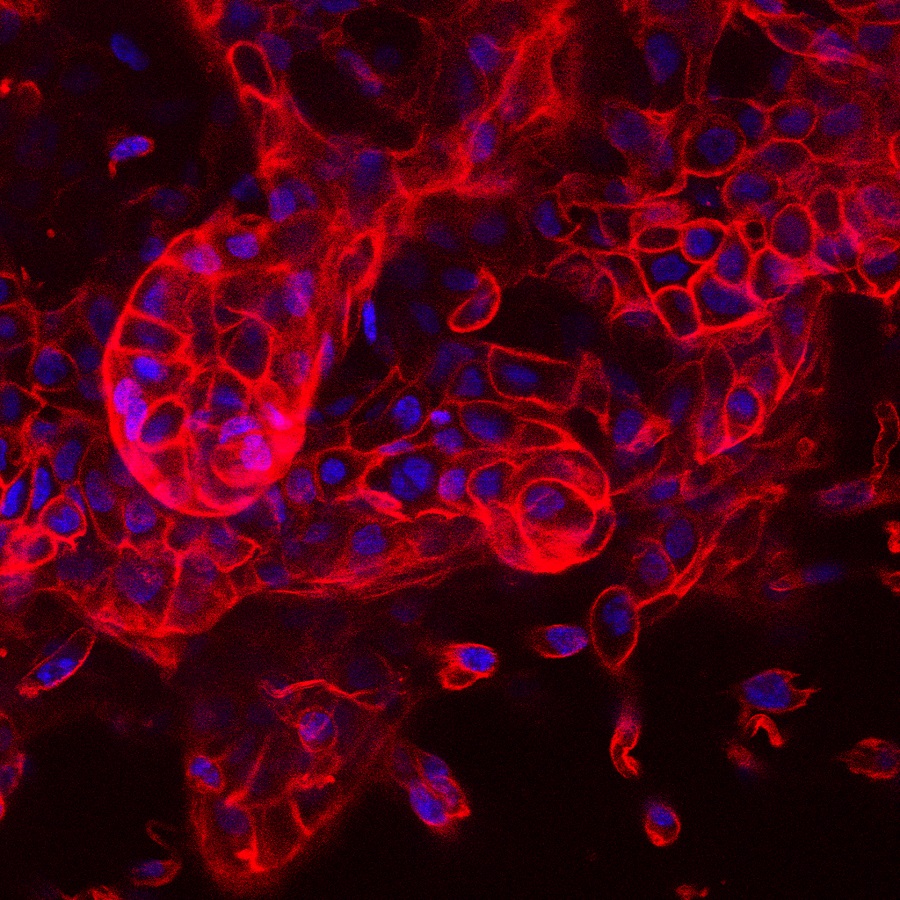There are a lot of benefits and added value of EURACAN
1) sharing tools developed by pre-existing networks to disseminate successful experiences across EURACAN,
2) establishing the EU definition of reference center for rare cancers, using resource and activity based criteria (N of pts, multidisciplinarity, link with research),
3) establishing regularly updated diagnostic and therapeutic CPGs,
4) developing EURACAN in all EU countries and regions by identification of new full and affiliated members,
5) promotion of patient referral systems to and between reference centers, and across borders when needed,
6) updated anonymized databases of rare cancer incidences and research tumor banks
7) development of education, training tools and resources for patients, non-specialized and specialized physicians,
8) Promoting new research programs and collaborations with all relevant stakeholders (PAGs, OECI, EORTC, scientific societies, research groups etc) and also with pharmaceutical industry.
IN 5 YEARS, EURACAN AIMS TO ACHIEVE
1) the implantation of full member centers in all EU countries,
2) a referral system across HCP countries,
3) with at least 75% of EU patients with rare tumors treated in EURACAN,
4) demonstrated improved quality (delay,diagnosis accuracy, adhesion to CPGs, in reference centers,
5) a demonstrated improvement of patient survival,
6) communication tools available in all languages for patient and physicians,
7) a set of multinational databases and tumor banks for rare tumors, coupled with research projects. Involvement of patient's organizationURACAN is a patient centered network.

Objectives
The objectives of EURACAN are to improve the quality of care of all eu patients affected with rare cancers, and to ensure an optimized and homogenous care and access to innovation in the member states.
There is a very large number of different rare cancer types, with a list of over 300 conditions matching this definition in recent publication (Gatta et al 2011). Rare cancers are affecting all organs, and a variety of histological subtypes and molecular subtypes are emerging following the progresses of genomic classifications.
The EURACAN ERN gathers all rare adult solid cancers. In EURACAN, rare adult solid cancers are grouped in 10 domains corresponding to the RARECARE classification and the ICD10.
These domains are also based on preexisting successful collaborations, in particular for clinical research and expert networks active in the last 10-20 years. Productive collaborations were developed within these networks, for clinical trials (eg within EORTC tumour groups or as national groups), for establishing guidelines (with ESMO, EORTC or tumour groups) and for generating national or multinational networks (eg ENETS, Conticanet, EuroBoNET…).
Research projects supported by FP6, FP7, and H2020 grants have been completed in these different components of EURACAN. Based on this previous work and existing structures, EURACAN distinguished rare cancers in 10 DOMAINS specifically.
Areas of expertise: the 10 domains of EURACAN
- Sarcoma of the soft tissue, bone and viscerae (Sarcoma)
- Rare neoplasm of the female genital organs and placentas (Rare GYN)
- Rare neoplasm of the male genital organs, and of the urinary tract (Rare GU)
- Neuroendocrine tumours (NET) Rare neoplasm if the digestive tract (Rare GI)
- Rare neoplasm of endocrine organs (Endocrine)
- Rare neoplasm of the head and neck: Salivary gland tumours, nasopharyngeal cancer, nasal and sinonasal cancers, middle ear (Rare H&N)
- Rare neoplasm of the thorax: Thymoma, mediastinum and pleura (Rare Thoracic)
- Rare neoplasm of the skin and eye melanoma (Rare Skin/Eye melanoma)
- Rare neoplasm of the brain, spinal cords (Rare Brain)
Benefits and added value expected to be delivered by EURACAN
A lot of benefits are expected

There are a lot of benefits and added value of EURACAN
1) sharing tools developed by pre-existing networks to disseminate successful experiences across EURACAN,
2) establishing the EU definition of reference center for rare cancers, using resource and activity based criteria (N of pts, multidisciplinarity, link with research),
3) establishing regularly updated diagnostic and therapeutic CPGs,
4) developing EURACAN in all EU countries and regions by identification of new full and affiliated members,
5) promotion of patient referral systems to and between reference centers, and across borders when needed,
6) updated anonymized databases of rare cancer incidences and research tumor banks
7) development of education, training tools and resources for patients, non-specialized and specialized physicians,
8) Promoting new research programs and collaborations with all relevant stakeholders (PAGs, OECI, EORTC, scientific societies, research groups etc) and also with pharmaceutical industry.
IN 5 YEARS, EURACAN AIMS TO ACHIEVE
1) the implantation of full member centers in all EU countries,
2) a referral system across HCP countries,
3) with at least 75% of EU patients with rare tumors treated in EURACAN,
4) demonstrated improved quality (delay,diagnosis accuracy, adhesion to CPGs, in reference centers,
5) a demonstrated improvement of patient survival,
6) communication tools available in all languages for patient and physicians,
7) a set of multinational databases and tumor banks for rare tumors, coupled with research projects. Involvement of patient's organizationURACAN is a patient centered network.
EURACAN Coordination
Coordinator: Prof. Jean-Yves Blay MD, PhD, Medical oncologist Centre Léon Bérard, Lyon, France Jean-yves.blay@lyon.unicancer.fr
Domain leaders
G1: Sarcoma Paolo Casali paolo.casali@istitutotumori.mi.it
G2: Rare GYN Michael Seckl m.seckl@imperial.ac.uk
G3: Rare GU J.A. Gietema j.a.gietema@umcg.nl
G4: NET Martyn Caplin m.caplin@ucl.ac.uk
G5: Rare GI Lucjan Wyrwicz lucjan.wyrwicz@gmail.com
G6: Endocrine Eric Baudineric.baudin@gustaveroussy.fr
G7: Rare H&N Lisa Licitra Lisa.Licitra@istitutotumori.mi.it
G8: Rare Thoracic Nicolas Girard nggirard@gmail.com
G9: Rare Skin/Eye melanoma Dirk Schadendorf Dirk.Schadendorf@uk-essen.de
G10: Brain tumours Martin J van den Bent m.vandenbent@erasmusmc.nl
-
Discover the website
ERN EURACAN
